
The social media landscape has just undergone one of its biggest privacy shifts in years. As of July 10, 2025, Instagram now allows search engines like Google to automatically display public photos and videos from professional accounts in search results. This isn’t just another platform update—it’s a major shift that’s already impacting millions of users worldwide.
Whether you’re just sharing casually or building a brand, this Instagram update is already reshaping how your content shows up in search—and who sees it. Now that the changes are live, here’s what you need to know to stay in control.
The Big Reveal: What’s Actually Changing
Instagram used to be more of a closed-off space—your public posts were visible on your profile, but not easily found through Google. That changed on July 10, 2025, when Instagram started allowing public content from professional accounts to appear in search engine results.
The update specifically targets public professional accounts of users over 18 years old. This means your Instagram photos, videos, and Reels could soon appear directly in Google search results, just like any other web content. When someone searches for topics related to your content, your Instagram posts might show up alongside traditional web pages, news articles, and other search results.
This integration represents Instagram’s most significant step toward becoming part of the broader searchable web. For context, this puts Instagram in line with platforms like Twitter (now X), where public posts have long been indexed by search engines.
Who Gets Affected (And Who Doesn’t)
You’re In The Spotlight If:
- You have a professional account (business or creator account)
- Your profile is set to public
- You’re 18 years or older
- You post photos, videos, or Reels
You’re Safe For Now If:
- You have a personal account
- Your profile is private
- You’re under 18 years old
The distinction between account types is crucial here. Instagram defines professional accounts as either Business or Creator accounts, which are designed for users who want to access advanced features like analytics, promotional tools, and business contact information.
If you’re unsure what type of account you have, check your Instagram settings. Go to Settings → Account → Account Type to see whether you’re using a Personal, Business, or Creator account.
Bonus: The Rise of AI Overviews: What It Means For SEO Agencies
The Privacy Panic: Why This Matters More Than You Think
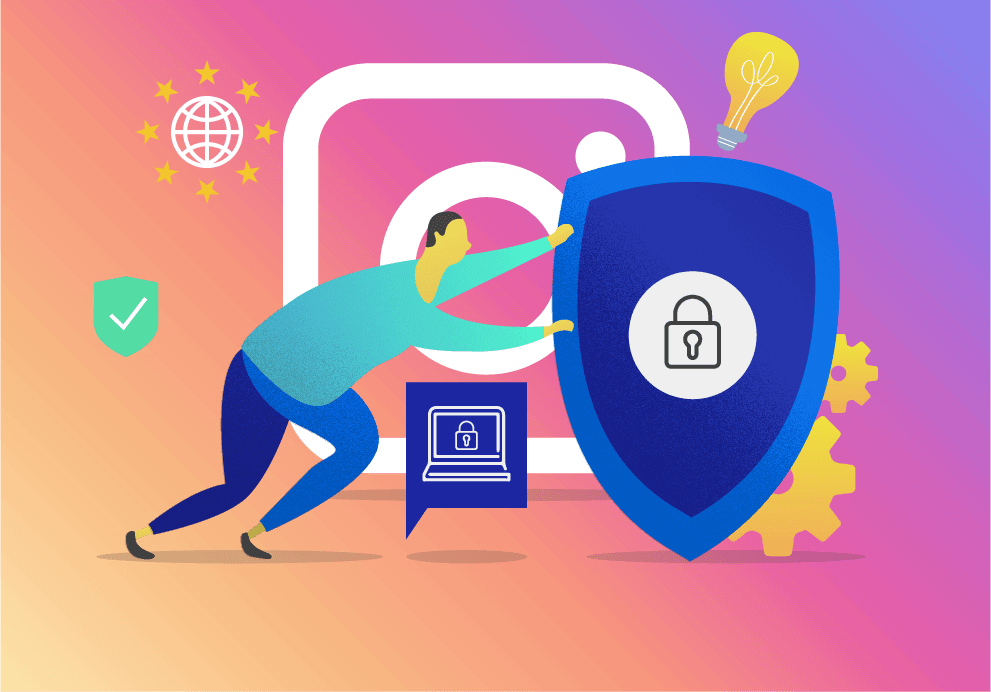
This change isn’t just about increased visibility—it’s about permanent digital footprints. Once your content is indexed by Google, it becomes much harder to control how and where it appears.
Consider these real-world scenarios:
The Job Interview Problem: That vacation photo from Goa you posted last year could now appear when a potential employer Google-searches your name. While the content might be perfectly appropriate, it changes the professional dynamic when your personal life becomes immediately searchable.
The Brand Consistency Challenge: For businesses and creators, this means every Instagram post now contributes to your overall online presence in a much more direct way. A casual behind-the-scenes video that worked well for your Instagram audience might not align with the professional image you want to project in Google search results.
The Context Collapse Issue: Instagram posts are created with your followers in mind, but Google searches have no such context. A post that makes perfect sense to your audience might be confusing or even problematic when viewed by someone who doesn’t know your brand or personality.
The Permanence Problem: While you can delete Instagram posts, search engines cache content. Even if you remove something from Instagram, it might remain visible in Google search results for weeks or months.
Taking Control: Your Step-by-Step Action Plan
The good news is that Instagram is giving users control over this feature. Here’s exactly what you need to do:
Immediate Actions
Step 1: Check Your Account Type
- Open Instagram and go to your profile
- Tap the three lines (menu) in the top right
- Select “Settings and Privacy”
- Go to “Account Type and Tools”
- Check if you’re using a Professional (Business/Creator) account
Step 2: Find the Search Engine Toggle
- In Settings, navigate to “Privacy”
- Look for “Search Engines” or “External Search”
- Find the toggle labeled “Allow Public Photos and Videos to Appear in Search Engine Results”
- Turn this OFF if you don’t want your content indexed
Step 3: Audit Your Existing Content
Review your recent posts with fresh eyes. Ask yourself:
- Would I be comfortable if this appeared in a Google search for my name?
- Does this content represent how I want to be perceived professionally?
- Are there any posts that were meant for my followers only?
If you’re a content creator looking to maximize your reach, this change presents an unprecedented opportunity. Your Instagram Reels and posts could now drive organic traffic from Google searches. Consider using tools like Simplified Instagram Reels Maker to create high-quality, search-optimized content that performs well across both platforms.
Content Strategy for the New Era
For those who choose to embrace this change, it’s time to think about dual-platform optimization. Your Instagram content now needs to work for both your followers and potential Google searchers.
For Visual Content: Use Simplified AI Carousel Generator to create engaging multi-image posts that tell complete stories. Carousels tend to perform well in search results because they provide comprehensive information on a topic.
For Video Content: With Reels now potentially appearing in Google searches, quality becomes even more important. Simplified AI Video Generator can help you create professional-looking videos that represent your brand well across platforms.
The Business Opportunity: Why Some Should Embrace This
While many users are concerned about privacy, the update also opens up major opportunities for businesses and creators who are ready to approach it with a clear strategy.
Unprecedented Organic Reach: Your Instagram content could now appear in millions of Google searches every day. This represents free, organic visibility that was previously impossible to achieve through Instagram alone.
SEO Benefits Without a Website: Small businesses that couldn’t afford professional websites can now leverage Instagram as their search engine presence. A well-optimized Instagram profile could rank for local business searches, product queries, and service-related keywords.
Cross-Platform Content Efficiency: Instead of creating separate content for Instagram and your website’s blog, your Instagram posts can now serve both purposes. This is particularly powerful for visual businesses like restaurants, fashion brands, and travel companies.
Local Search Domination: For location-based businesses, Instagram posts tagged with specific locations could appear in local Google searches, providing a competitive advantage over businesses that aren’t leveraging this feature.
Must read: Best AI Social Media Post Generators (Facebook, Instagram, & More)
Technical Deep Dive: How It Actually Works
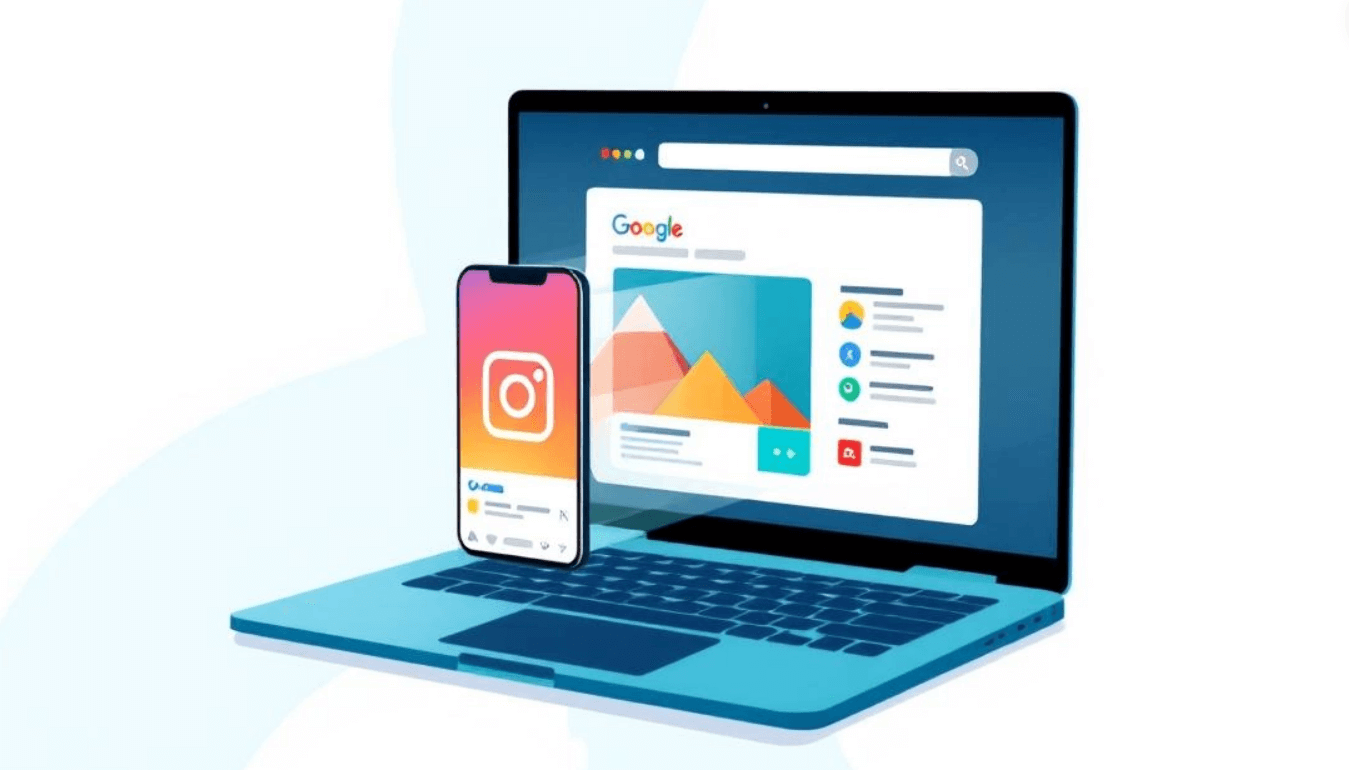
Understanding the mechanics behind this change can help you optimize your strategy:
Search Engine Crawling: Google’s bots will now crawl public Instagram content just like they crawl websites. This means your captions, hashtags, and alt text (if you add it) become searchable metadata.
Indexing Timeline: Not all content will be indexed immediately. Google typically prioritizes newer, higher-engagement content, so active accounts with regular posting schedules are likely to see faster indexing.
Mobile-First Results: Since most Instagram content is mobile-optimized, these posts are likely to perform well in mobile search results, where visual content is increasingly favored.
Rich Results Potential: Instagram’s structured data could enable rich results in Google searches, meaning your posts might appear with enhanced features like carousels, video previews, or image galleries.
The Global Privacy Perspective
This change doesn’t happen in a vacuum—it’s part of a broader shift in how social media platforms interact with search engines and handle user data.
GDPR Implications: For users in Europe, this change must comply with GDPR regulations. Instagram has indicated that European users will have additional control options and clearer consent mechanisms.
Cultural Differences: Privacy expectations vary significantly across cultures. What feels like a violation to users in privacy-conscious regions might be welcomed by users in markets where discoverability is prioritized.
Regulatory Response: Several privacy advocacy groups have already raised concerns about this change. It’s possible that regulatory bodies in various countries could require additional user protections or opt-in mechanisms.
Bonus: How to Post on Instagram: A Step-by-Step Guide
Future-Proofing Your Instagram Strategy
Whether you choose to embrace or avoid this change, it’s clear that the line between social media and search engines is blurring. Here’s how to prepare for what comes next:
For Personal Users:
- Regularly review your privacy settings as platforms update their policies
- Consider the long-term implications of everything you post publicly
- Develop a clear personal brand strategy even for casual social media use
For Businesses and Creators:
- Integrate Instagram into your broader SEO strategy
- Create content with dual purposes: engaging your followers and attracting new discovery through search
- Monitor your brand mentions across both Instagram and Google search results
- Consider using professional content creation tools to maintain consistency across platforms
If you’re planning to leverage this change for business growth, tools like Simplified comprehensive video editor can help you create content that performs well in both Instagram’s algorithm and Google’s search results.
Taking Action: What You Should Do Today
Now that the July 10, 2025 update has taken effect, here’s what you should do next:
If You Want to Opt Out:
- Check your account type immediately
- Locate and disable the search engine visibility toggle
- Consider switching to a personal account if professional features aren’t essential
- Review and possibly delete any content you wouldn’t want publicly searchable
If You Want to Opt In:
- Audit your existing content for quality and brand consistency
- Develop a content strategy that works for both Instagram followers and Google searchers
- Start creating higher-quality, more evergreen content
- Monitor your analytics to understand the impact once the change goes live
If You’re Unsure:
- Start with the toggle disabled for safety
- Spend time researching how this might affect your specific situation
- Consider consulting with a digital marketing professional
- You can always enable the feature later once you see how it impacts other users
The Bigger Picture: What This Means for Social Media’s Future
Instagram’s decision to integrate with search engines signals a broader trend in social media. Platforms are increasingly recognizing that discoverability beyond their own ecosystem is crucial for growth.
This change positions Instagram to compete more directly with platforms like YouTube, where searchable content has always been a key feature. It also suggests that we might see similar updates from other platforms in the future.
For users, this means developing a more holistic approach to online presence. The days of treating each social media platform as a separate, isolated space are ending. Your digital footprint is becoming more interconnected, and strategic thinking about your overall online presence is more important than ever.
Conclusion: Prepare for Instagram’s New Chapter
The integration of Instagram content into Google search results represents more than just a platform update—it’s a fundamental shift in how social media content exists on the internet. While this change brings legitimate privacy concerns, it also opens unprecedented opportunities for visibility and growth.
The key is making an informed decision that aligns with your goals, whether you’re a casual user wanting to maintain privacy or a business looking to expand your reach. If you haven’t already, it’s worth revisiting your options, reviewing your content, and adjusting your settings to reflect the changes accordingly.
Remember, this is just the beginning. As social media platforms continue to evolve and integrate with the broader web, staying informed and adaptable will be crucial for maintaining control over your digital presence.
The choice is yours—but whatever you decide, make sure you’re deciding actively rather than letting the default settings decide for you. Your future self will thank you for taking control of your digital footprint today.
Have you adjusted your Instagram settings yet? Share your thoughts on this major change in the comments below, and don’t forget to help others by sharing this guide with anyone who might need to know about Instagram’s upcoming search engine integration.

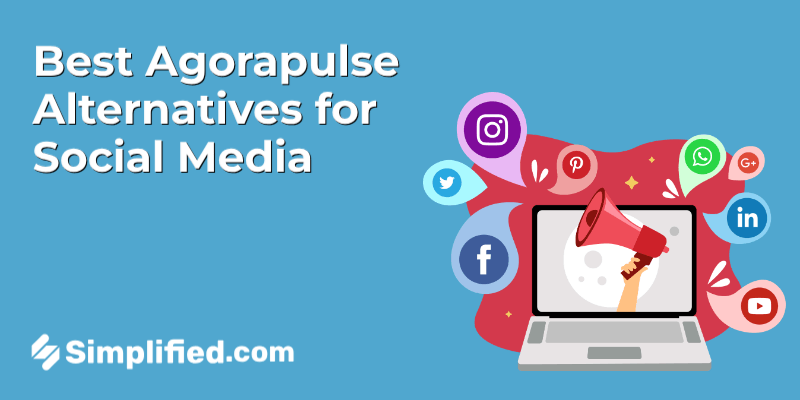
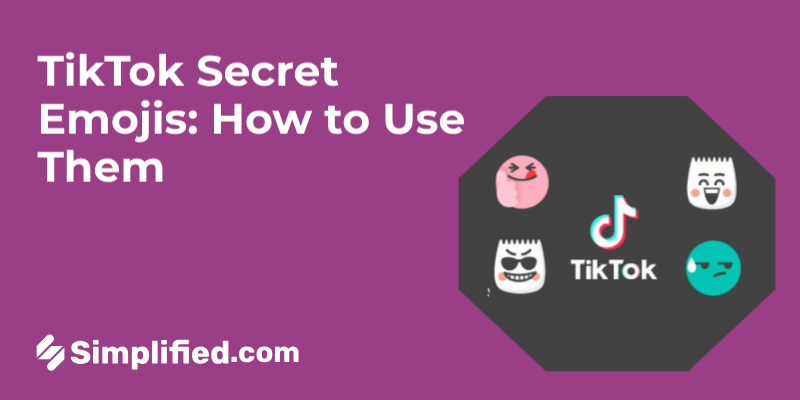
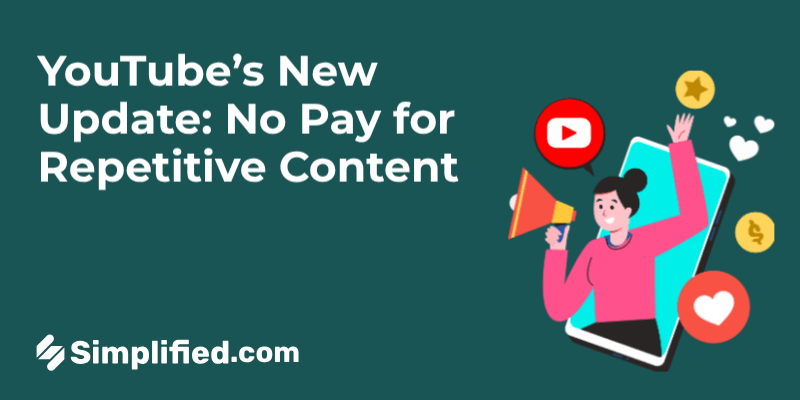
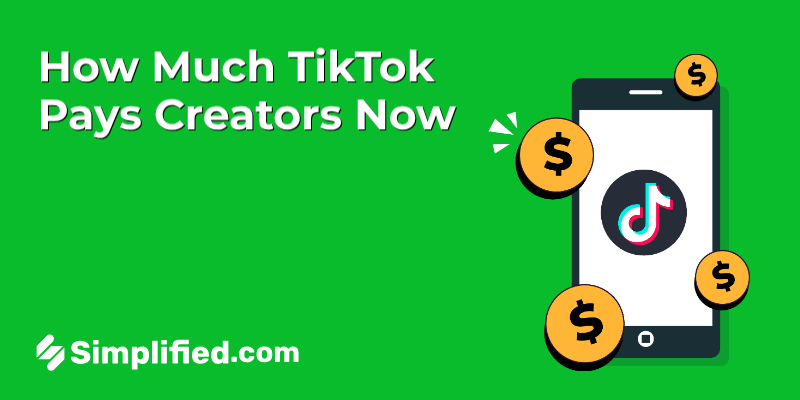
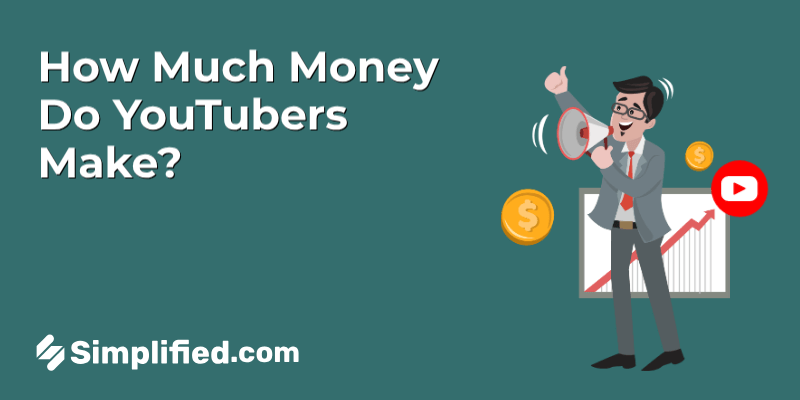
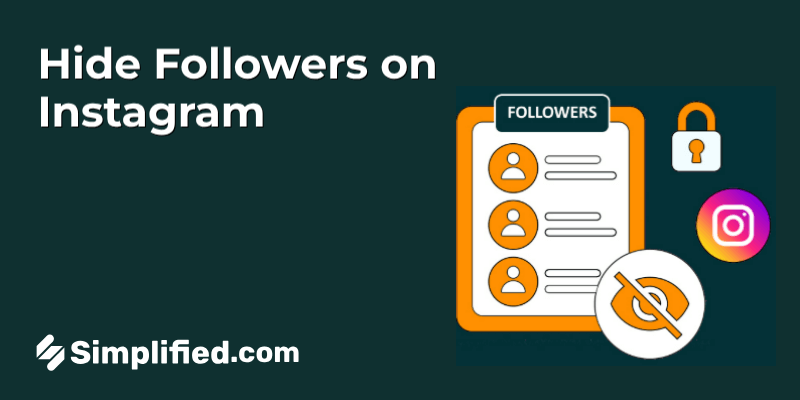
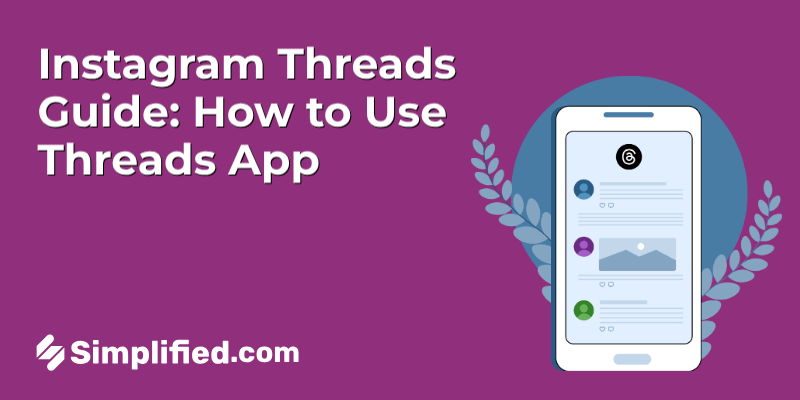
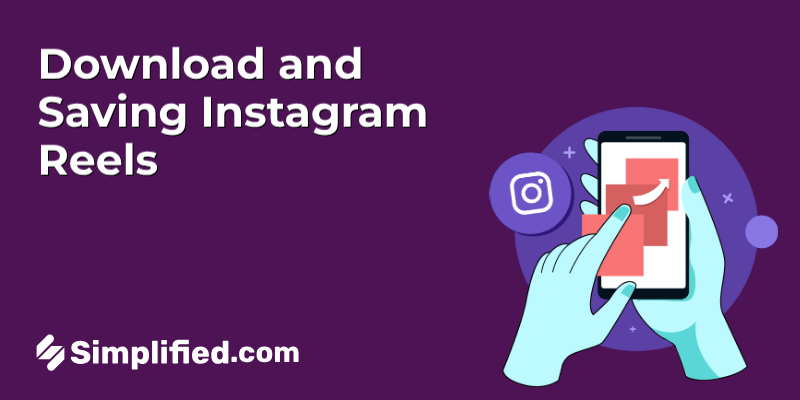
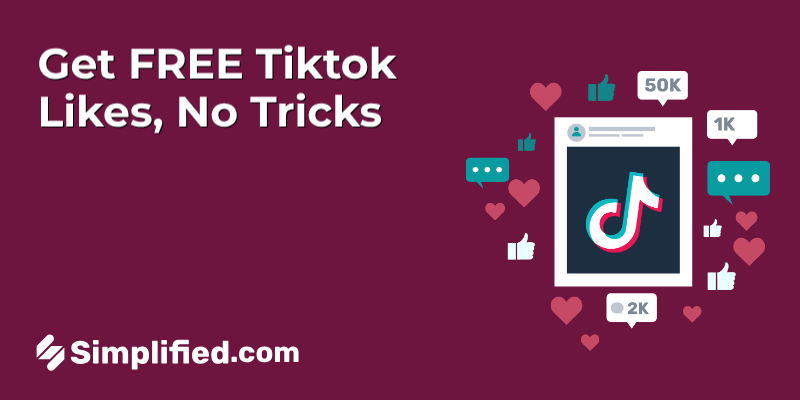
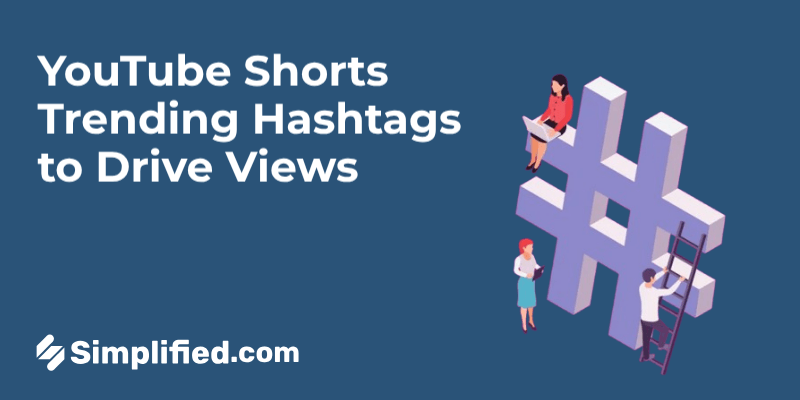


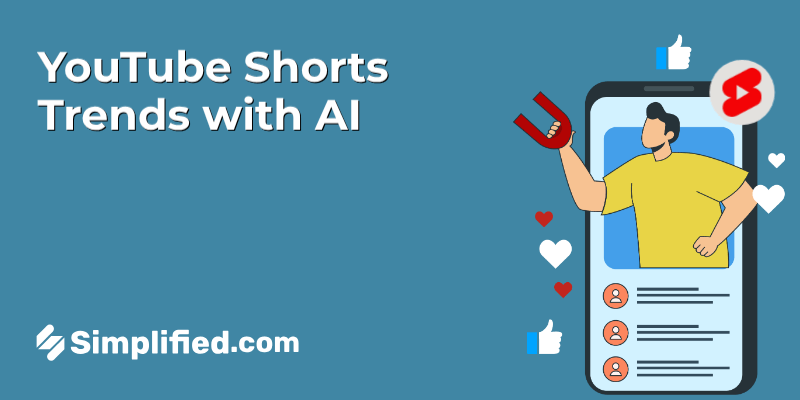
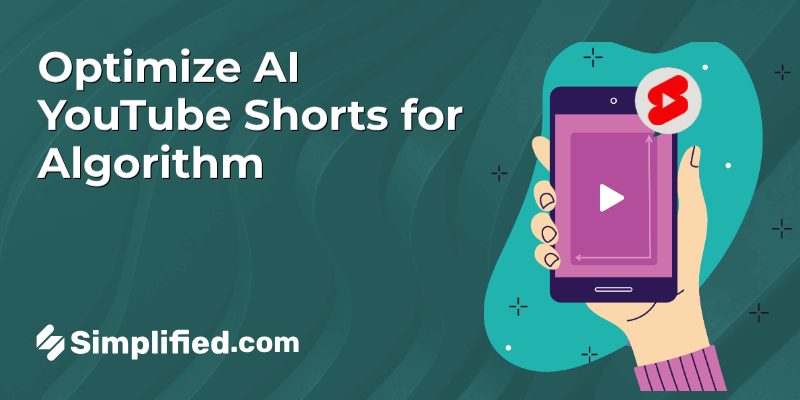
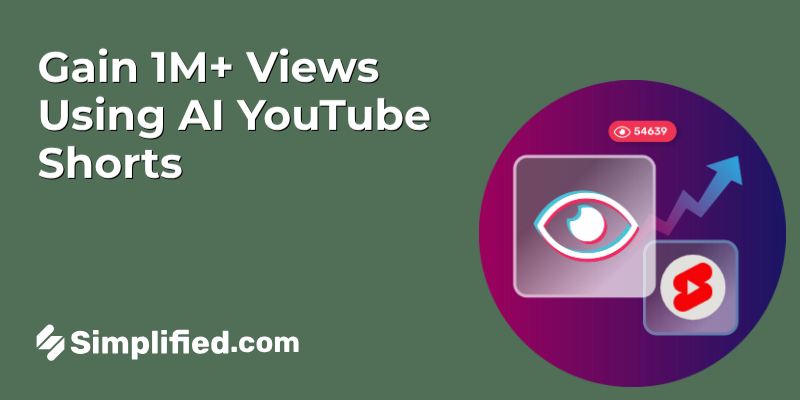
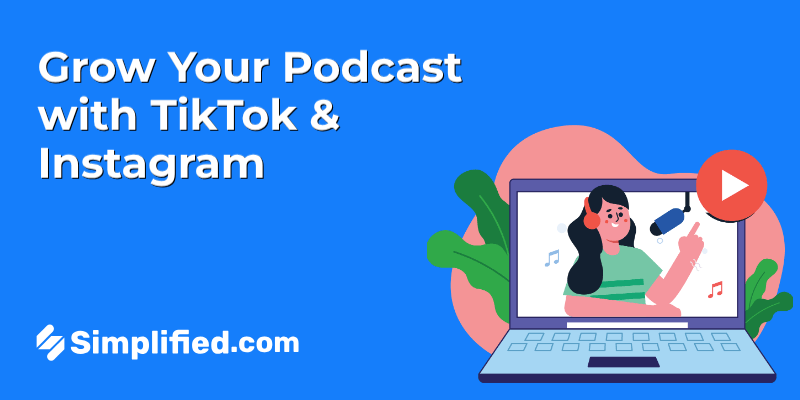

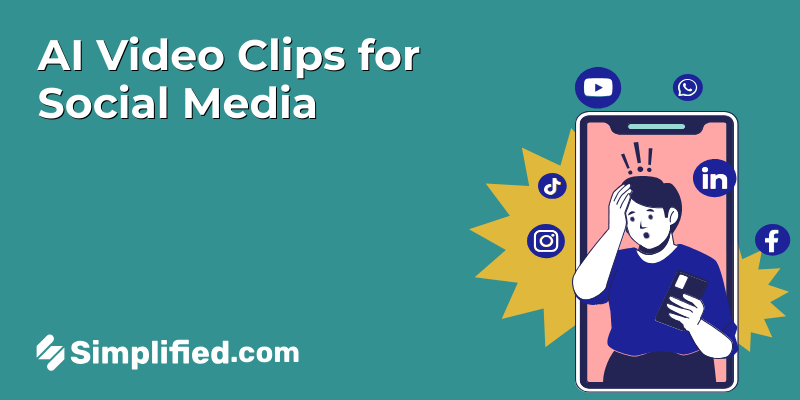
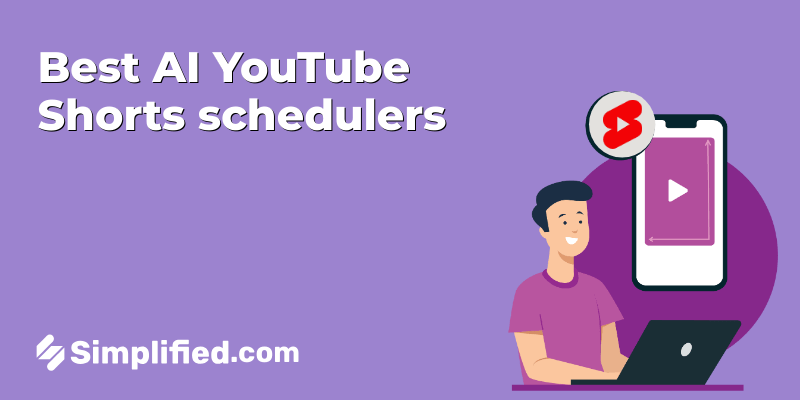
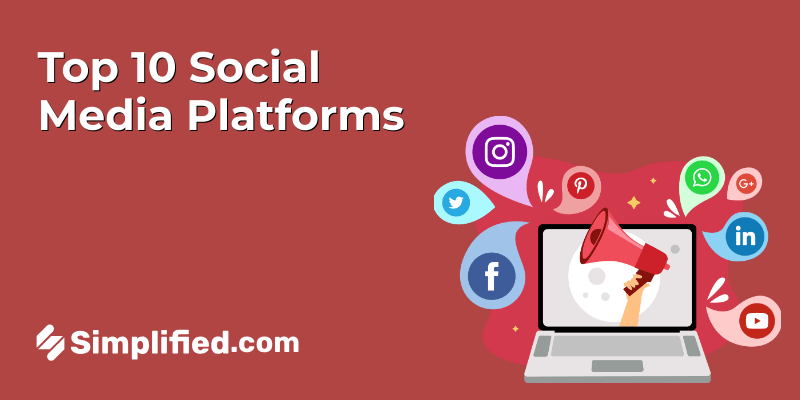
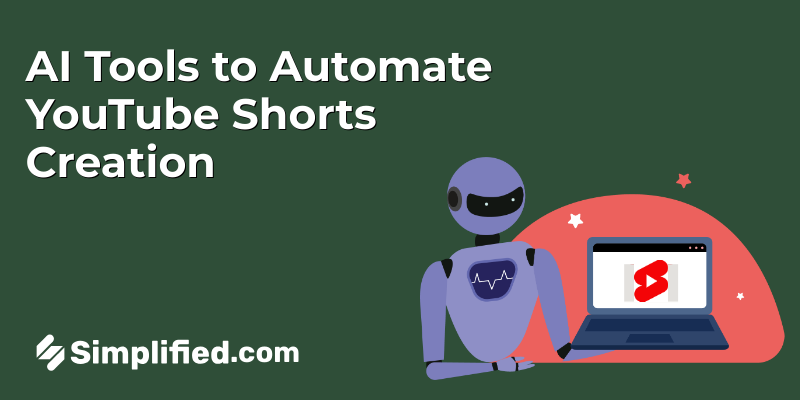

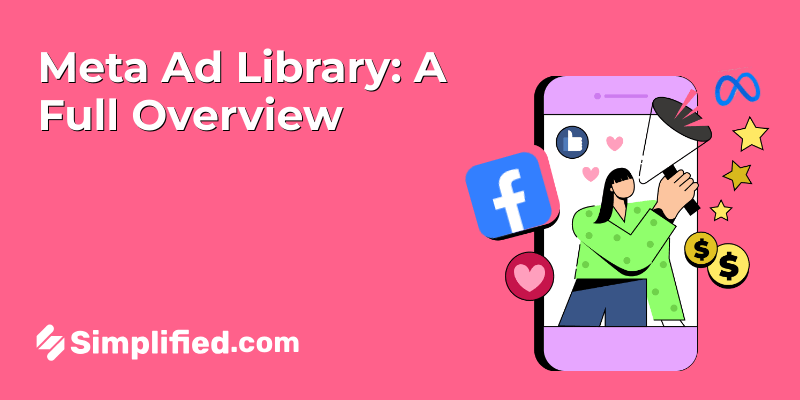
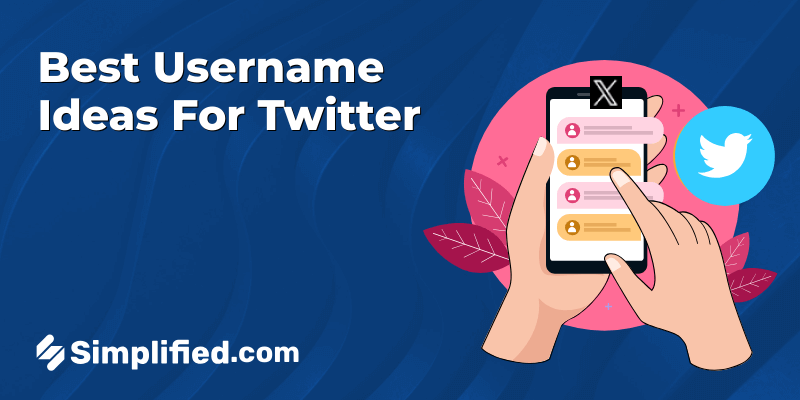

can I ask you a question please?